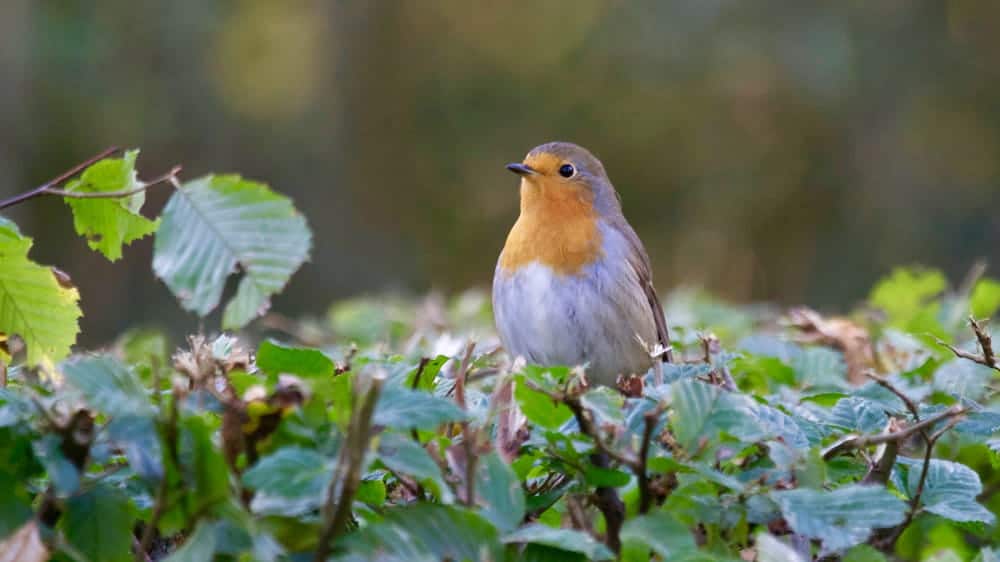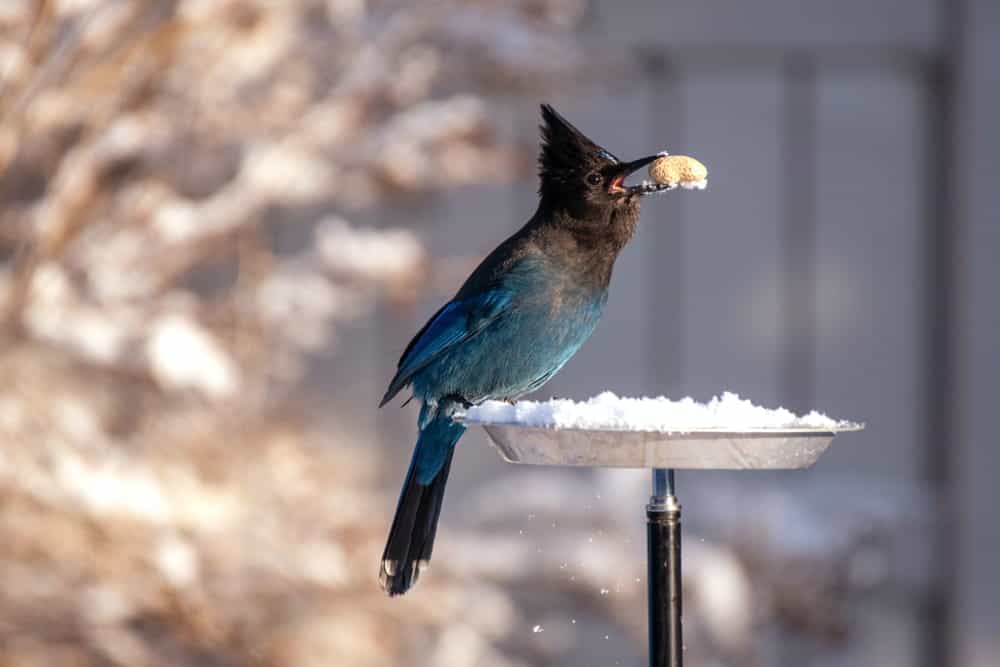Imagine the colorful flutter and cheerful symphony of birds in your own backyard – a haven for diverse avian species nestled within your meticulously tended garden. The scene is not just visually captivating but carries ecological benefits, contributing to an enchanting symbiosis between your garden and the birds it attracts

Attracting birds, however, is easier said than done. For optimal success, make sure your garden has the right foods. Read on and find out the must-haves.
Bird Seeds: The Basic Attraction
Bird seeds form the foundation for attracting various bird species to your garden. Seeds, from sunflower to niger, appeal to different species. Sunflower seeds are a hit with finches and cardinals, while nuthatches and chickadees have a fondness for peanuts. Offering a seed mix can attract an assortment of birds.
Remember to place these seeds in top rated bird feeders for maximum effect. These feeders keep the seeds dry and out of reach from squirrels and other pests. Regular cleaning of these feeders is vital for maintaining bird health, preventing mold growth, and deterring disease transmission.
Garden Plants: Attracting Birds Naturally
Native plants, adapted to your local ecosystem, attract native birds. Integrating a variety of these into your garden landscape promotes local biodiversity. Your choice of garden plants can transform your garden into a natural bird attractant.
Potted hydrangeas, with their large blooms, invite insects—a primary food source for numerous bird species. Their vibrant colors also add to your garden’s aesthetic appeal.
Planting fruit trees like apples, cherries, or pears provides a dual function. These trees offer food and serve as potential nesting sites for birds. Be aware, fruit trees require ample space for growth, so they might not be suitable for smaller gardens.
Insects: An Overlooked Bird Food
Often overlooked in favor of seed and fruit, insects form a substantial part of the diet for many bird species, such as bluebirds, phoebes, and even larger birds like the crow. By encouraging a healthy insect population, you’re providing a crucial, protein-rich food source, essential for the birds’ growth and reproduction. It’s a natural way of attracting insectivorous birds to your garden, providing them with a buffet of beetles, caterpillars, spiders, and more.
Building an insect-friendly garden doesn’t mean you’ll be overrun with bugs. It’s all about balance and diversity. Start by leaving leaf litter undisturbed during autumn and winter, as it provides a habitat for a variety of insects and bugs that birds love to eat. Creating a compost pile not only reduces your kitchen waste but also provides a perfect breeding ground for insects.
Mealworms: A Protein-Packed Delicacy
Mealworms may not sound appealing to us, but to many birds, these are tantalizing treats. Rich in protein, these beetle larvae are a much-loved food source for a range of birds, particularly insectivores like robins, starlings, and bluebirds.
You can offer mealworms in a shallow dish or a specialized mealworm feeder. Live mealworms are the most nutritious and are often preferred by birds due to their movement. However, if live mealworms aren’t feasible, dried mealworms are a suitable alternative. They can be rehydrated by soaking in warm water to provide additional hydration and make them more appealing.
Nuts and Suet: High Energy Foods

Nuts, such as almonds and walnuts, are adored by a wide range of birds. These include larger species like jays, woodpeckers, and even crows. However, when offering nuts, opt for unsalted versions. Salted nuts can lead to excessive thirst in birds, potentially leading to dehydration. Additionally, provide nuts in moderate quantities to avoid attracting unwanted rodents.
On the other hand, suet acts as a lifeline for birds during the cold months. It is a fat-rich food derived from the hard white fat around the kidneys and loins of animals. It’s a particular favorite of woodpeckers, jays, and various songbirds. Due to its high-fat content, suet provides these birds with the energy reserves they need to survive in freezing temperatures.
Fresh Water: Essential for All Birds
Water plays a critical role in attracting a variety of birds to your garden. Just as it is vital for our survival, birds also require fresh water for drinking and bathing. While we often focus on providing food for our feathered friends, a consistent supply of clean water can prove equally enticing, drawing in species that might not visit for food alone. Whether it’s a simple dish, a bubbling fountain, or a full birdbath, a water feature can significantly enhance your garden’s allure for birds.
Incorporating a water feature is an art in itself. Birds are drawn to the sound of running water, so adding a fountain or a dripper to your birdbath could make it more attractive. It’s also crucial to ensure the safety of the birds. Water sources should be shallow (no more than 2 inches deep) and have a rough surface to provide secure footing. Consider placing a few stones in the water to offer additional perching spots.
Conclusion
Transforming your garden into a bird sanctuary requires a thoughtful mix of food offerings—from seeds, fruits, and nuts to suet and insects—along with the right garden plants. Remember to hydrate your feathered friends with fresh water sources. Through responsible feeding and providing a safe environment, you’ll witness the joy of a diverse, thriving bird community right in your backyard. Now, sit back, relax, and enjoy the spectacle of your bird-friendly garden.